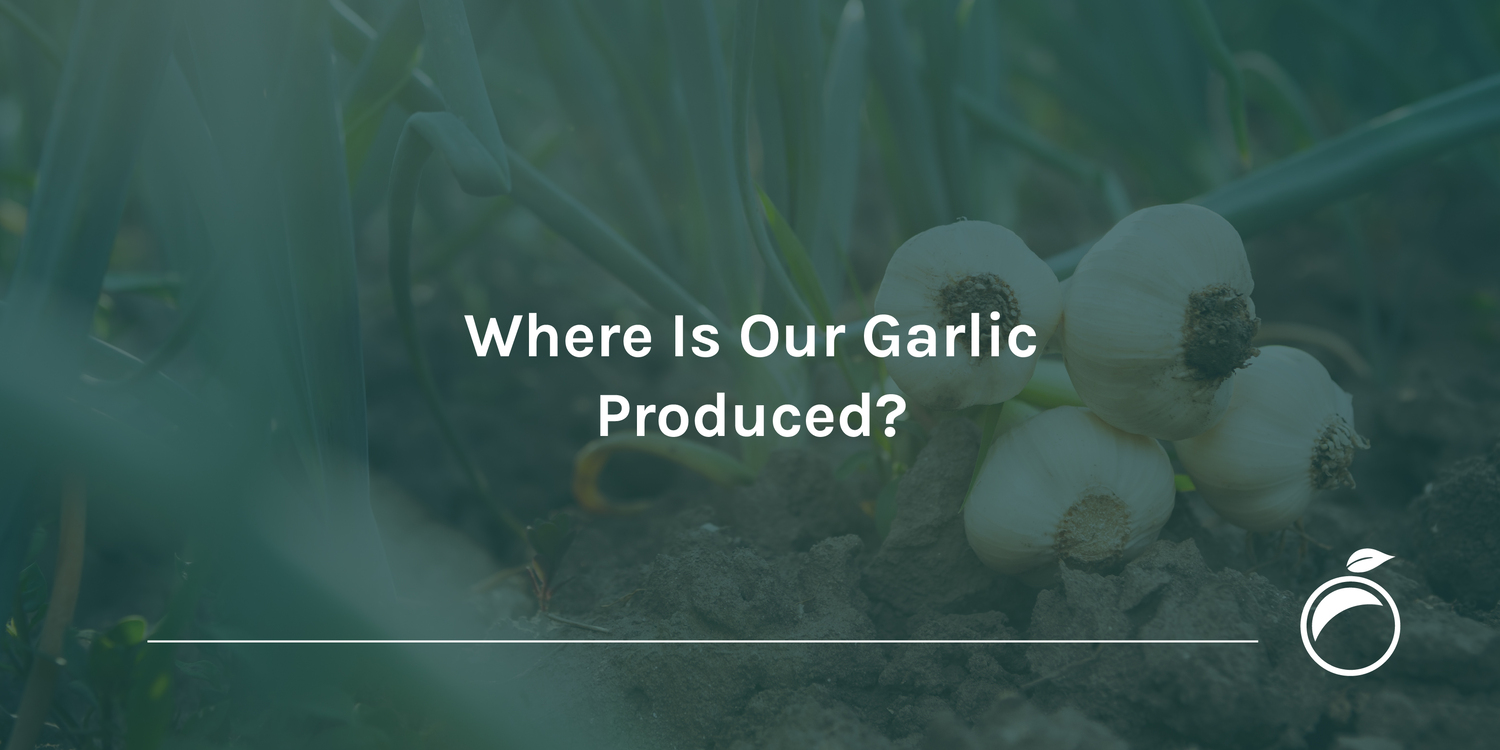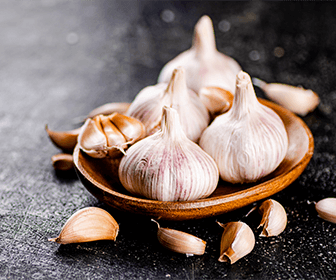
Where Is Our Garlic Produced?
Garlic likes temperate climates where winters are not too cold or too humid, as its roots can rot if they get too wet.
The growing season is usually end of Spring to start of Autumn and it requires an optimum temperature range of between 13 and 24 °C, though it can tolerate, up to a certain point, minimum temperatures of 7 °C and maximum temperatures of 30 °C. However, it should be noted that temperature is a key factor in correct bulb formation.
Bearing this in mind, we will talk about the main garlic producers globally and in Mexico and the USA in order to understood more about where the garlic we eat comes from.
Globally
China leads the world’s garlic production, accounting for 73.8% of world production, followed by India with 10.4%, Bangladesh with 1.7%, South Korea with 1.3% and Egypt with 1.2%. China’s production rose to 20,712,087 tonnes in 2020, produced from 825,302 hectares, which means the average yield was 25.1 tonnes per hectare.

On the continent of America, garlic is produced mainly in the USA, Brazil, Argentina, Peru, Mexico, Guatemala and Chile, with the USA getting the best yield of this crop, at 17.6 tonnes per hectare.
Mexico
In 2020, Mexico’s main garlic producing states were Zacatecas (56.4%), Guanajuato (15.6%), Puebla (6.6%), Sonora (5.0) and Aguascalientes (3.5%). Zacatecas, the nation’s leading garlic producer, produced 48,915 tonnes, an increase of 13.4% on production in 2019, when 43,136 tonnes were produced.
The area of garlic harvested was 3,060 hectares, so the yield was 16.0 tonnes per hectare, the average price was 16,177 pesos per tonne and the overall production value was 791 million pesos. The five main producing municipalities in Zacatecas are Villa de Cos, Calera, Guadalupe, Fresnillo and Pánuco.
In Guanajuato, the main producer is Juventino Rosas, in Puebla it is San Gabriel Chilac, in Sonora Arizpe and in Aguascalientes Rincón de Romos.
